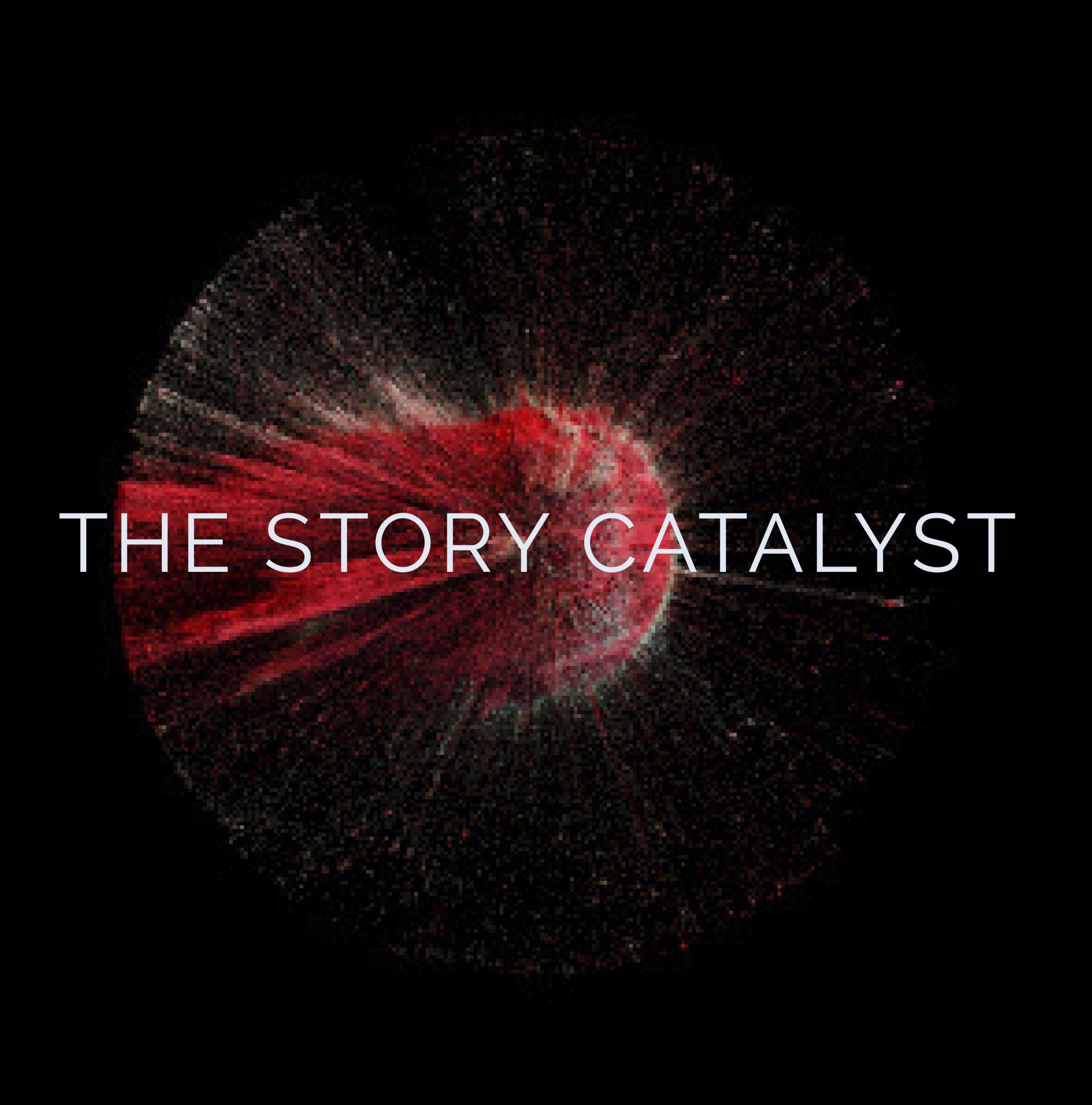Part I: Kicking It Off
The personal essay is one of my favorite art forms because it has the ability to use a personal story to speak to universal truths about what it means to be human.
In the hands of a masterful writer, an essay has the power to evoke emotion or to lay out an argument that calls others to action. It’s crisp slice of life or compact package of wisdom—one of the most viable delivery systems I know.
The personal essay can find its home in the literary world as well as the public media world. It’s at home in print, digital or audio. It’s an excellent strategy for building the case for your book.
If you are writing memoir, it’s an excellent way to test the waters with your topic and to discover how your stories touch your audience.
You need three key elements to get started on a great essay:
- Your a-ha moment. That’s when I realized… it’s a great jumping off point for an essay. It arises out of a dramatic episode where the emotional impact is clear and you have the unmistakable sense that from this point forward, choices need to be made.
- Your super-cosmic what-it’s-about paragraph. In journalism, this is often called the “nut graph,” the paragraph that sums up in one succinct nugget that the piece is about. To master this art form, rip a few of your favorite essays off of Medium or Best American Essays or Modern Love and highlight what you think the nut graph is. The better you get at spotting a great nut graph, the better you’ll get at crafting all the different forms of it.
- Your walkoff. This is your kicker, your takeaway, your last line. It should be succinct. It can be witty. It often hits your theme laterally, from another angle. In your walkoff, you have brought the narrative arc of your essay full circle. It may be the natural close to the end of a day or the reaching of a destination or end of a performance. It may be you come around to the point where you started but with fresh eyes. The cycle may start again. You may re-enter the flow of life, but with new insight.
If you know your a-ha moment, you probably have a lead. In journalism, most journalists will tell you that 90 percent of the time, when they know their lead, their piece is as good as written. That’s why some of them will compose the lead in their heads on their way to the keyboard. It’s how they hit the ground running.
Here are five great ways to start, many thanks to Nancy Duarte, a speaker coach who offers these five ways to begin a talk that offers what she calls a S.T.A.R. moment—Something They’ll Always Remember. Just as with a great talk, a great lead knows that you only have a few crucial seconds to win your reader over. That’s why it’s so important to make some key decisions about how you’ll start off—once your reader latches onto you, the reader will follow you wherever you want to go.
- Emotional anecdote. This is a time-honored way of starting a personal essay, grounded in a scene that is indicative of an emotion, conflict or issue. Sometimes I call it the “little story,” for that is what an anecdote is. Because humans are wired for story, our brains connect more readily with story than with mere instruction or information.
- Startling revelation. Beginning with something that would surprise the reader or would seem novel is a great way to start. When you startle people, you have their attention. You have upended their expectations. You’ve announced that your story is going to be about what’s uncommon. You’ve just opened a box of questions. When readers have questions, they engage with you. They read on.
- Shocking statistic. Similar to the startling revelation, the shocking statistic gets readers’ attention.
- Evocative image. Paint a picture. Conjure a scene in the readers’ imagination. Make it so vivid the reader feels like she’s there. Readers want to be taken places they otherwise would not be able to enter. When you start your piece with an evocative image, you have appealed to the adventurous side of your reader. Let’s just say you’re in Iceland, and you’re looking at a volcano. You see, I’m already wanting to go where you go.
- Memorable dramatization. Was there a specific moment—one day—when the emotions and themes of your essay played out in one dramatic scene? Bring your message to life by dropping your reader in the middle of the action.
NEXT WEEK: HOW TO GET THROUGH THE MESSY MIDDLE

